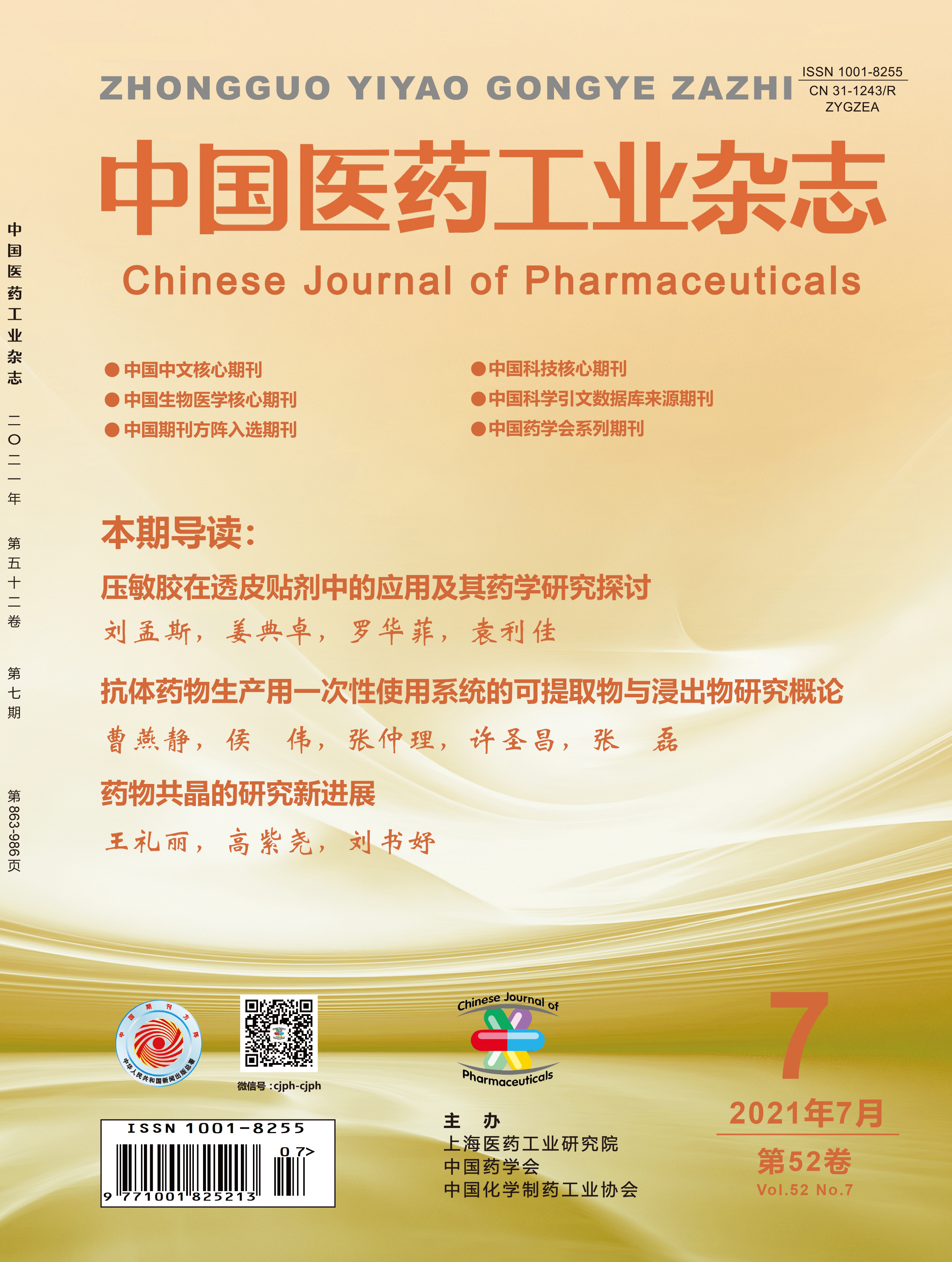Paper
WANG Wei, XU Weizhe, LI Qingyan, CUI Yujing, LIU Guoru
An UPLC-MS/MS method was established for the determination of eleven antiepileptic drugs in human plasma. Plasma samples were precipitated with methanol and then injected for analysis. Multiple reaction monitoring(MRM) mode was performed combined with the positive and negative ion switching and segmented scanning analysis. The results showed that it was linear for the eleven antiepileptic drugs, including acetazolamide, primidone, zonisamide, gabapentin, levertiracetam, pregabalin, lamotrigine, brivaracetam, sodium valproate, diazepam and nirazepam, in the corresponding ranges, and the LLODs were 0.53, 0.10, 0.11, 0.50, 0.50, 2.06, 0.10, 0.10, 498, 0.10 and 0.10 ng/ml, respectively. The intra-day and inter-day precision RSDs were both less than 15%, and the extraction recoveries were greater than 70%. The established method is sensitive, rapid, accurate, and highly specific, which can be used for the blood concentration determination and pharmacokinetic study of the eleven antiepileptic drugs.
